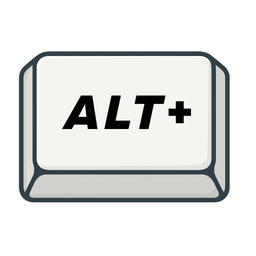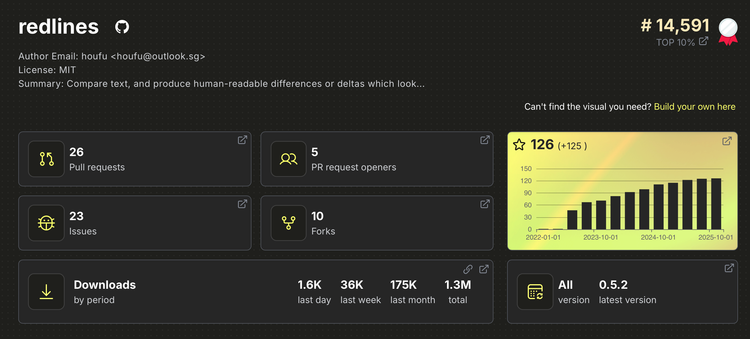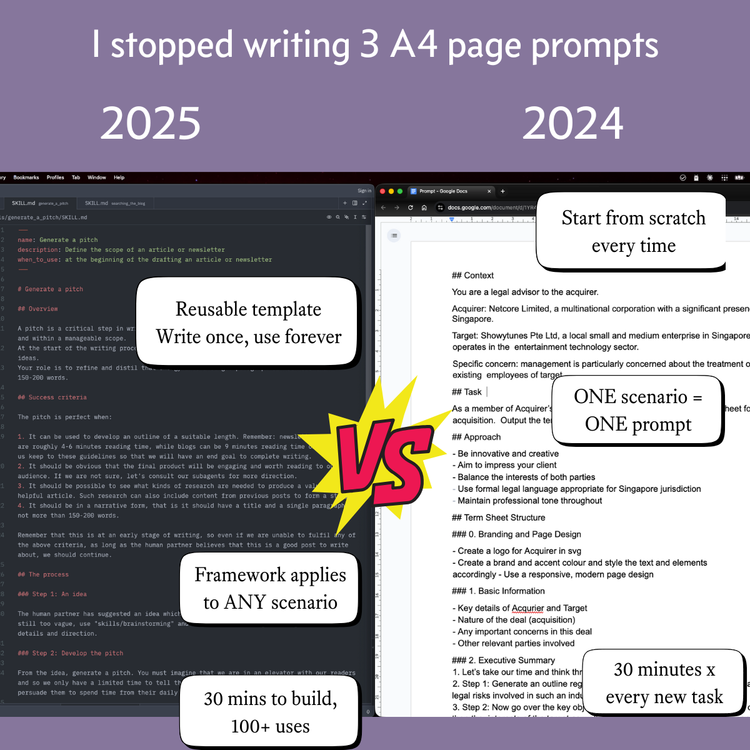When AI Makes You Look Busy, Not Productive

What is Workslop?
A new term is making headlines: "workslop." Stanford researchers and BetterUp Labs coined this term to describe AI-generated work that looks polished but lacks substance. Their study of 1,150 workers found 40% encountered workslop last month. The cleanup cost? An average of $186 per employee monthly.
The defining characteristic? It shifts the cognitive burden from sender to recipient. Instead of thinking through the problem, the creator dumps AI output on someone else. That person then spends nearly 2 hours cleaning it up or starting over.

The Legal Profession's Version
Doesn't this sound familiar? Counsel hastily cobbles a submission using AI. It's long enough but riddled with a hallucinated case. Opposing counsel then spends an inordinate amount of time finding the case. The court holds special hearings to get to the bottom of things. The first lawyer is ordered to pay costs personally.

I am not looking forward to reviewing contracts containing AI slop. Already, I groan reading drafts from counterparties who blindly copy contracts that don't make sense in their situation. Now I have to discern that there was no intent or meaning in the clauses generated by AI.
Just as those lawyers claimed AI "hallucinated" cases rather than admitting they failed to verify their work, today's workers blame AI for "workslop" instead of acknowledging they shipped unvetted output.
The common thread? Blame the AI, dodge accountability.
How to Spot Workslop
Once you recognize that bad AI work is still bad work, it becomes easier to detect. I'd call it "purple prose"—three paragraphs where one bullet point would suffice.
In legal practice, workslop looks like:
- Ten-page contracts when a simple letter would suffice
- Lengthy clause explanations when parties need focus on one particular issue
- Detailed background exposition when the client wants to know what happened
- Generic advice that fails to address the client's actual needs
Workslop will become a more critical problem for resource constrained counsel now that AI is so good at it. You can't spend time fixing what's irretrievably broken. It's more important now than ever to have the bigger picture in mind as you read through work, and to call out slop when it is clear.
This matters because fixing workslop requires understanding a fundamental truth:
The Tool Doesn't Fix the Craftsman
Here's the uncomfortable truth: a lousy carpenter makes lousy stuff even with the best tools.
If you can't write a clear analysis without AI, you won't write one with AI. If you don't understand what makes a contract clause commercially sound, AI won't teach you. If you can't spot faulty legal reasoning, you'll ship it whether it came from AI or a junior associate.

Ian argues that we need to judge AI holistically—not just the tool itself, but the user and their practices. Marketing promises don't create quality work. AI literacy does.
The prevention isn't better AI. It's using your brain.
Output Isn't Value
Sam Harden nails the core issue: AI has made productivity (quantity) easy, but creating value (quality) remains hard.
Harden uses a perfect metaphor: we're obsessed with "how to make a hole" instead of understanding "why someone wants a hole in the wall." AI can drill holes all day. It can't tell you whether you need a hole, where to put it, or what happens when you're drilling through a load-bearing wall.

A human can't beat an unthinking, unfeeling and antisocial machine at producing slop. That's precisely why young lawyers must differentiate themselves by being mature, thoughtful, and present with their seniors and clients—qualities AI cannot replicate.
The Path Forward
As AI users become more literate, they'll become more discerning. The lawyers shipping workslop will either learn quality control or face consequences.
Meanwhile, lawyers who figure out responsible AI use will have massive competitive advantages. They'll produce better work faster while others are stuck either avoiding AI entirely or drowning in their own workslop. It's been very clear that AI makes better employees even better. Now they will make poor employees look worse. Which side are you on?
The real cost isn't AI creating workslop. It's humans using AI without thinking. Fix the human problem, and AI becomes what it should be: a powerful tool in skilled hands.
What's your biggest AI quality control challenge? Reply and share your experience.










Member discussion